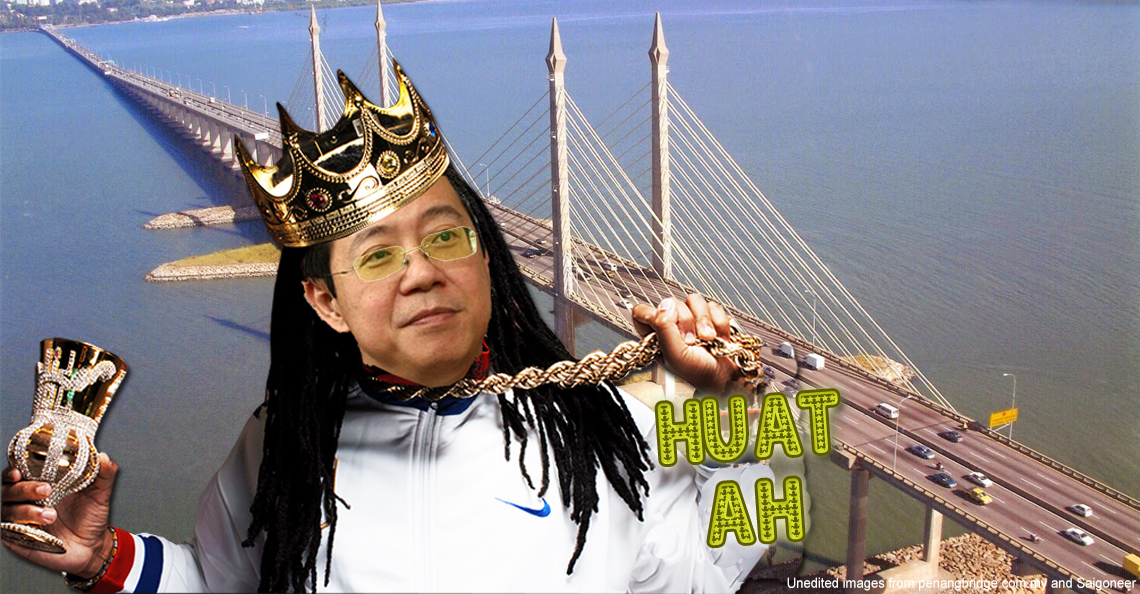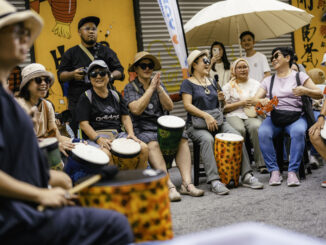The curious case of the 180 Chinese aunties who bought 9 houses in Penang
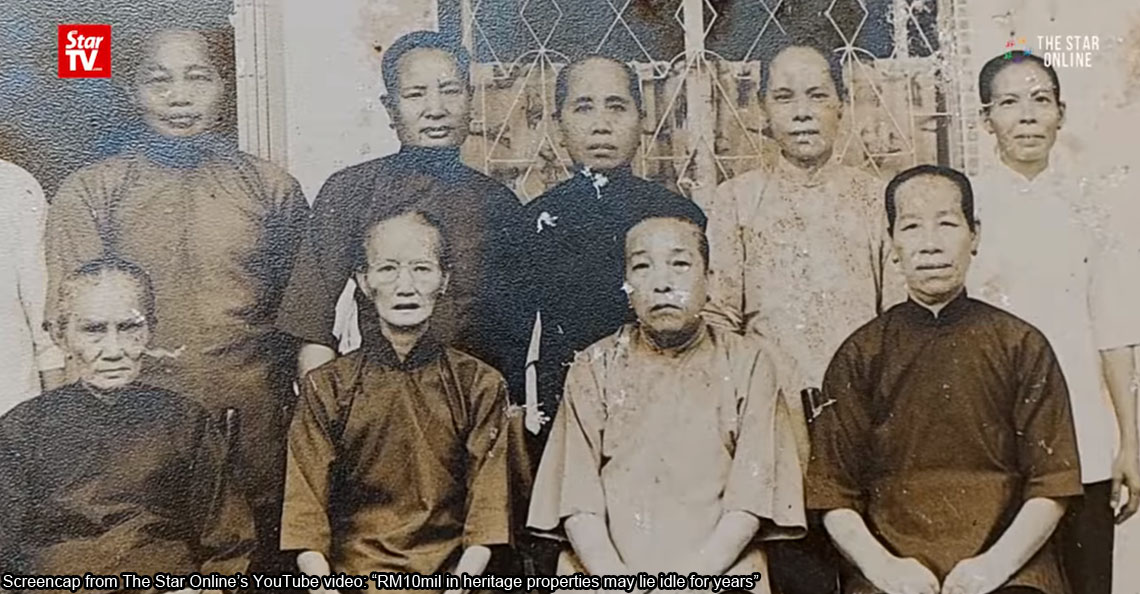
- 6.0KShares
- Facebook5.6K
- Twitter49
- LinkedIn12
- Email80
- WhatsApp208
Part of Penang’s allure is their unique culture. It’s not just a state with a lot of a lot of old stuff and old people but a place with very special food, architecture, and even driving skills (ahem).
This however, is a story about some old stuff in Penang owned by some old people.
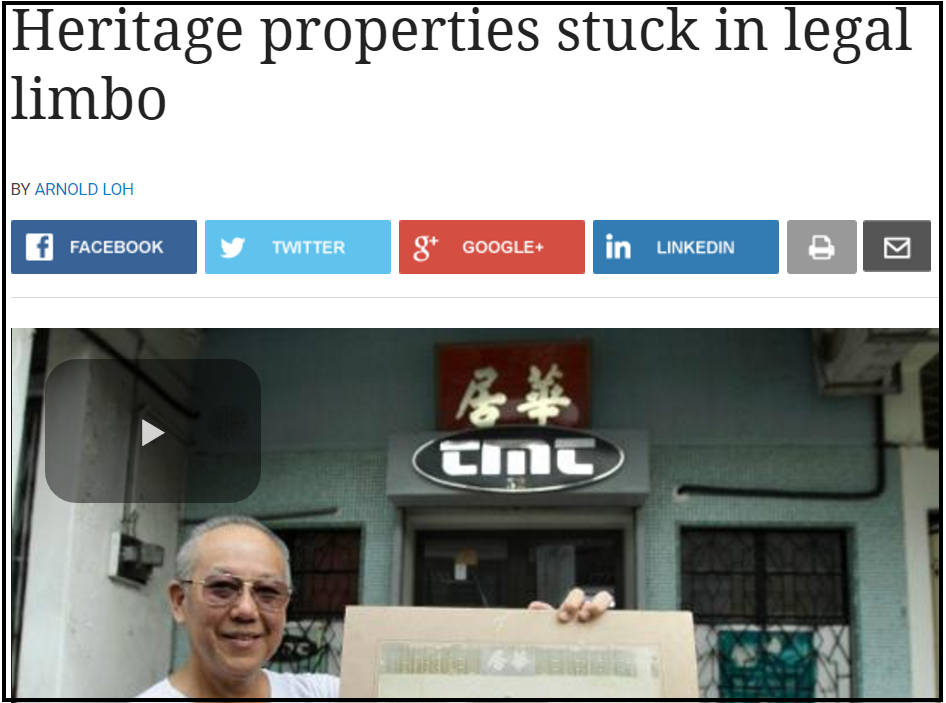
So recently, 8 heritage houses in George Town, Penang have made news because it’s not very clear who owns them. Now this is a big deal because George Town is actually a UNESCO World Heritage Site (which means it’s been recognised as a site with either a cultural, historical, or scientific significance, and “considered to be of outstanding value to humanity”). And with the recent news that a Singapore-based company actually acquired about 200 of these heritage properties, it doesn’t look like Penang wants it to happen again.
The last owner, a woman known as Sister Liu, had passed away early this year at the age of 96. She was the last survivor of a group of women who owned the houses, known as the mah-jeh.
Mah jeh? Wadaheck is that?
So the mah jeh were actually a community of women who came to Malaysia from China. But just because they came from China didn’t make them mah jeh. No, back in China, more specifically the Shunde (or Shun Tak) district, they were actually more like an ancient sisterhood dedicated to sticking it to the man! They were known as the zishunü or “self-combed women”, who took vows to be celibate (never marry) and be free, independent working women, rather than be a slave to a husband and her in-laws.
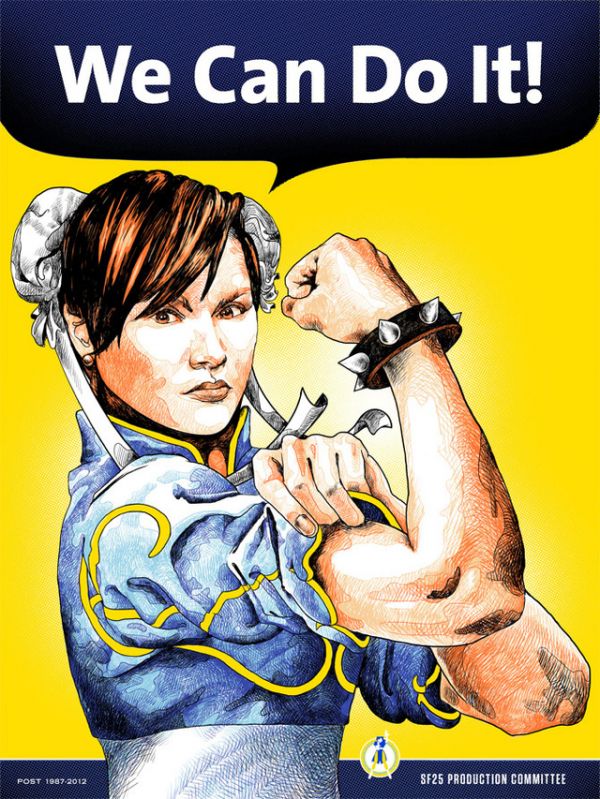
If a woman decided that she wanted to be a zishunü, she would go through a ritual called the sor hei (yes we chuckled a bit hearing that too, but another commentor did point out that that it could also be sor hic), and she would swear to be celibate before an image of Guanyin, and join the sisterhood, for better or for worse.
And the way it sounds, you’d probably think they looked something like this.

But this sisterhood wasn’t the kind to train up assassins and fight in the darkness to serve the light. They were a sisterhood which specialised in something a lot more economic: working in China’s silk industry. (Also where the Silk Road got its name.)
“Shun Tak’s female-dominated silk production contradicts contemporary assumptions about the role of women and their economic situation in pre-modern China. For centuries, Shun Tak’s silk industry was controlled by women and they used the proceeds as they saw fit.” – South China Morning Post

But that was not meant to last. The Great Depression of the 1930’s hit everyone hard, including the silk industry. Many of these women ended up having to find other jobs and they eventually ended up working in places like Hong Kong, Singapore, and Malaya as domestic helpers, where they ended up being known as the mah jeh (mother sister in Cantonese).
“They were multi-tasking governesses or female butlers, known for their loyalty and dedication to the master of the household.” – The Star
Why did 180 mah jehs end up buying 10 houses together?
We assume not many of you would actually buy a house with many other people. Well the story in Penang actually involved quite a number of them: About 180 of them, according to The Star. And between 1950 to 1970, these mah jehs bought 9 different properties as their dream retirement homes.
“Each house was jointly owned by about 20 mah-jeh.” – Chinese figurine dealer, Datuk Lee Wing Kong, as quoted by The Star
But as we mentioned earlier, the last of these 180 women passed away early this year. Why is that a problem? Well it’s because now there are 8 highly valuable heritage properties which no one knows who exactly owns. (8 instead of 9 because one group of mah jehs actually sold one of the houses, and that on it’s own took 5 years to complete.)
And now these mah jeh houses are a property nightmare
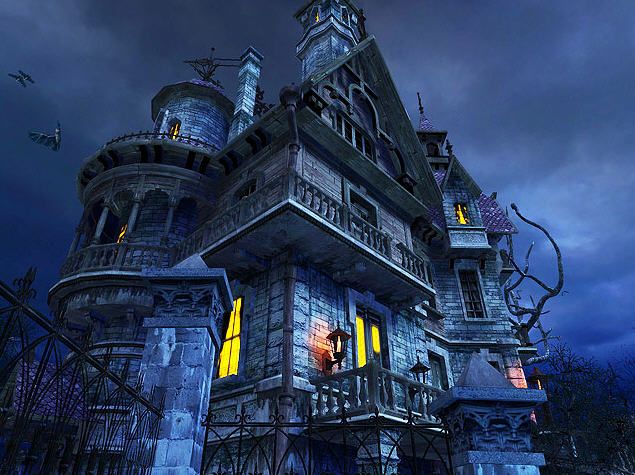
“Since they never had children, there are no natural heirs. They might have had god-children but these people don’t have legal rights of claim if the properties were not properly willed or entrusted to them.” – Property lawyer Ong Yu Shin, as quoted by The Star
Dah lah each house got 20 owners each. But why do these make a property nightmare of the mah jeh house situation?
To get a better understanding of this, we spoke to our friends over at asklegal.my to help point us in the right direction, and they referred us to the National Land Code of 1965 which has a whole section (Section 351) about what to do with property that is unclaimed. And it seems that a state can claim a piece of property as their own just if no one claims a land based on 2 things:
- That the owner died and it is certain they didn’t leave behind any successors.
- That the owner had abandoned the land for at least 7 years.
Of course these are still subject to many, many conditions. But wait, weren’t all the mah jehs unmarried, without children, and all of them have passed away? Then easy for the state to claim the property right? Yes, IF these mah jehs didn’t transfer the houses to anyone. The thing is, some of the mah jehs left wills, while some didn’t. And to make things worse, some of the heirs to the properties in the wills could even be in China!
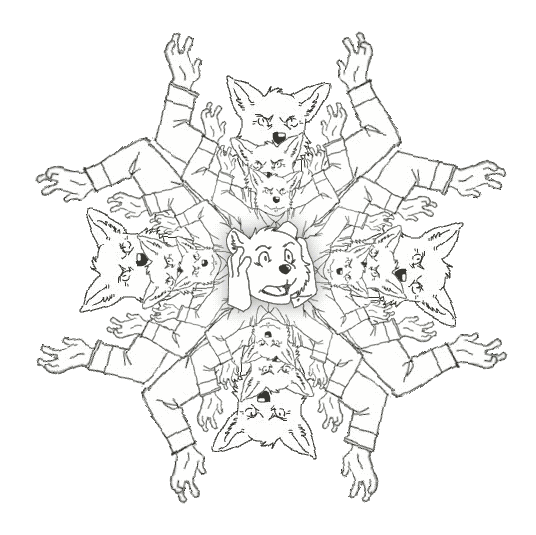
So basically you have a whole set of laws, to apply to 180 different people, some of whom may even have left their property to someone who’s not even in Malaysia. It’s no surprise that the property lawyer mentioned earlier actually said this.
“Theoretically, it is possible to transfer the property.
But practically, if there are 20 dead owners per property and even one of them have probate issues, the High Court will never grant an order for sale and the Land Office will not allow the transfer.” – Property lawyer Ong Yu Shin, as quoted by The Star
If no one knows who owns these houses, what’s going to happen to them?
Well, unless all 180 of the mah jehs and their heirs are accounted for, it’s going to be very difficult for anyone to do anything about it. On the bright side, this means that it’s also going to be difficult for other parties to purchase these houses, but on the dark side, it also means that no one can actually take ownership of these houses and preserve them as well.
George Town World Heritage Incorporated, or GTWHI (an organisation by the Penang gomen to ensure George Town’s legacy is not lost), has themselves said that they don’t have the right to get involved with private properties EVEN IF they are considered as heritage. And that means, until the situation is resolved, these houses may just be left to rot.

But even if everything looks bleak at the moment, there is still something that Malaysians can do to help, and that is to find the current heirs of these houses. GTWHI asks that if you have any information on the rightful owners of not just the houses, but the artifacts in them, to contact them at info@gtwhi.com.my.
And maybe we’ll be able to help to protect part of the legacy of not just Penang, but Malaysia.

- 10 SUPER WEIRD HOUSES YOU DIDN’T EXPECT TO FIND IN MALAYSIA
- 10 TRULY MALAYSIAN THINGS THAT AFFECT PROPERTY PRICES
- ARE MSIAN POLITICIANS ABLE TO BUY BUNGALOWS WITH THEIR SALARIES?
- 6.0KShares
- Facebook5.6K
- Twitter49
- LinkedIn12
- Email80
- WhatsApp208


